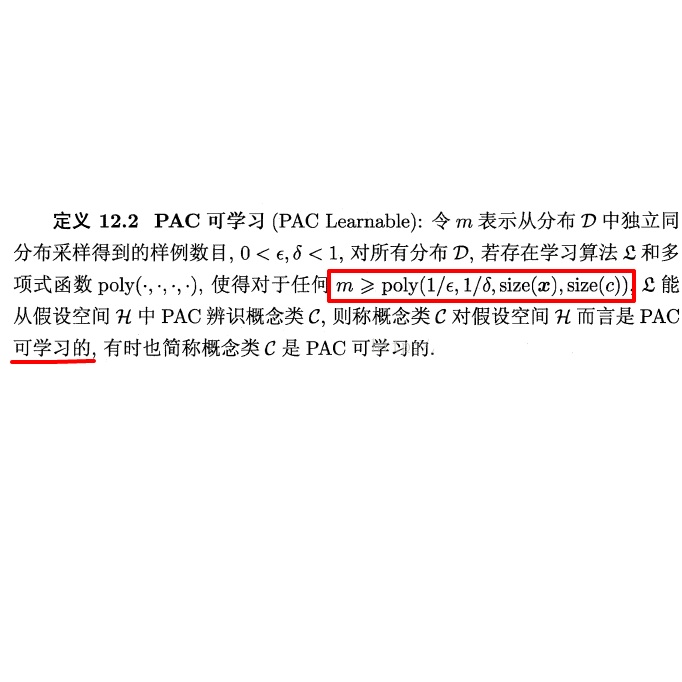We propose a learning model called the quantum statistical learning QSQ model, which extends the SQ learning model introduced by Kearns to the quantum setting. Our model can be also seen as a restriction of the quantum PAC learning model: here, the learner does not have direct access to quantum examples, but can only obtain estimates of measurement statistics on them. Theoretically, this model provides a simple yet expressive setting to explore the power of quantum examples in machine learning. From a practical perspective, since simpler operations are required, learning algorithms in the QSQ model are more feasible for implementation on near-term quantum devices. We prove a number of results about the QSQ learning model. We first show that parity functions, (log n)-juntas and polynomial-sized DNF formulas are efficiently learnable in the QSQ model, in contrast to the classical setting where these problems are provably hard. This implies that many of the advantages of quantum PAC learning can be realized even in the more restricted quantum SQ learning model. It is well-known that weak statistical query dimension, denoted by WSQDIM(C), characterizes the complexity of learning a concept class C in the classical SQ model. We show that log(WSQDIM(C)) is a lower bound on the complexity of QSQ learning, and furthermore it is tight for certain concept classes C. Additionally, we show that this quantity provides strong lower bounds for the small-bias quantum communication model under product distributions. Finally, we introduce the notion of private quantum PAC learning, in which a quantum PAC learner is required to be differentially private. We show that learnability in the QSQ model implies learnability in the quantum private PAC model. Additionally, we show that in the private PAC learning setting, the classical and quantum sample complexities are equal, up to constant factors.
翻译:我们提出了一个称为量子统计学习 QSQ 模型的学习模式,它将Kearns 引入的SQ 学习模式扩大到量子设置。我们的模型也可以被视为量子 PAC 学习模式的一个限制:在这里,学习者无法直接获取量子实例,但只能获得对量子统计数据的估计。理论上,这个模型提供了一个简单但又显眼的设置,以探索机器学习量子实例的力量。从实际的角度来看,由于需要更简单的操作,在QSQ 模型中学习量子计算算法对于短期量子设备的实施更为可行。我们证明了QSQQ 约束学习模式的一些结果。我们首先显示,等同功能,(log n) QTas 和多数值 DNF 公式在QQQ 模型中可以有效地学习,(log) 在SISQC 中,我们学习了一定的量子QQ, 在SWC 中,我们学到了某种 QQQS 概念, 在SOQ 学习了一种常规的C 。




